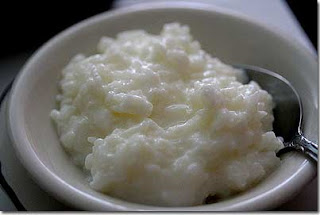Rantideva who was a king, became a hermit in the forest. He had given his wealth to the poor and lived a simple life in the solitude of the jungle. He and his family had only the bare necessities of life.
One day, after a fast of forty-eight hours, a light meal of rice with milk and sugar was prepared for him.
A poor Brahmin came up to the door of the hut and asked for food. Rantideva gave him half of his rice. Then came a Sudra begging for help and Rantideva gave him half of what remained.
Then he heard a dog barking; the poor beast seemed to be starving. Rantideva gave him what was left. Last of all came a Pariah who stopped at the hermit's door and asked for help. Rantideva gave him the milk and the sugar, and continued to fast.
Then came four gods who said to him:
"It was to us, Rantideva, that you gave food, for we assumed the forms of a Brahmin, a Sudra, a dog and a poor outcaste. You were good to us all and we praise you for your loving thoughts."
A kind heart treats all men and even animals as members of one family, one humanity.
